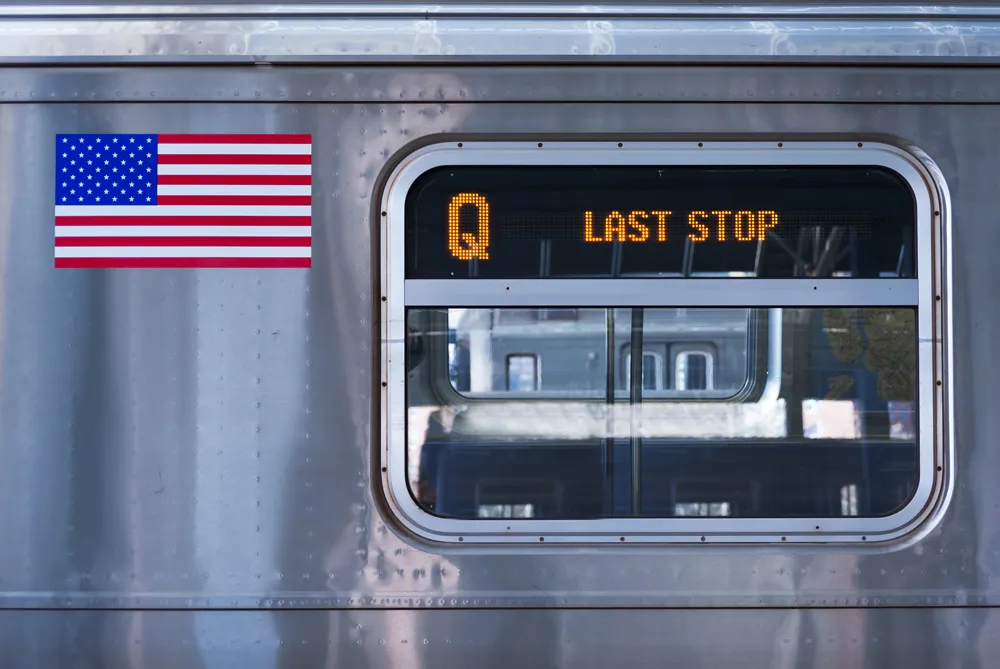FIA Region I recently presented the consumer view on liability and automated driving at the Driving Future platform, where it stressed the need to increase consumer confidence in driverless technologies by guaranteeing safety and swift compensation for traffic victims.
FIA believes the transition to fully autonomous vehicles will take time, during which different levels of automation will coexist on our roads, creating challenges for the current insurance model.
It says there must be differentiation
March 14, 2017
Read time: 2 mins
FIA believes the transition to fully autonomous vehicles will take time, during which different levels of automation will coexist on our roads, creating challenges for the current insurance model.
It says there must be differentiation between lower levels of automation and the higher levels of automation. Up to SAE level 2, driver interaction is required in some form and therefore drivers should remain liable, provided the systems are properly designed and the driver is aware of their function, limits and constraints. For higher levels of automation, drivers can be asked to take over only under certain circumstances. In those circumstances, the recording of a limited set of data will be needed to establish liability in case of an accident.
FIA Region I interim director general, Laurianne Krid, said: "Drivers need to be properly informed about upcoming automated systems and their responsibilities to make correct use of the technology as it is released. At higher automation levels, drivers expect to be able to engage in other tasks and should, in our view, not be held liable in case of accident or infringement. Limited data recording through a Data Storage Systems should help clarify liability in case of doubt.”








